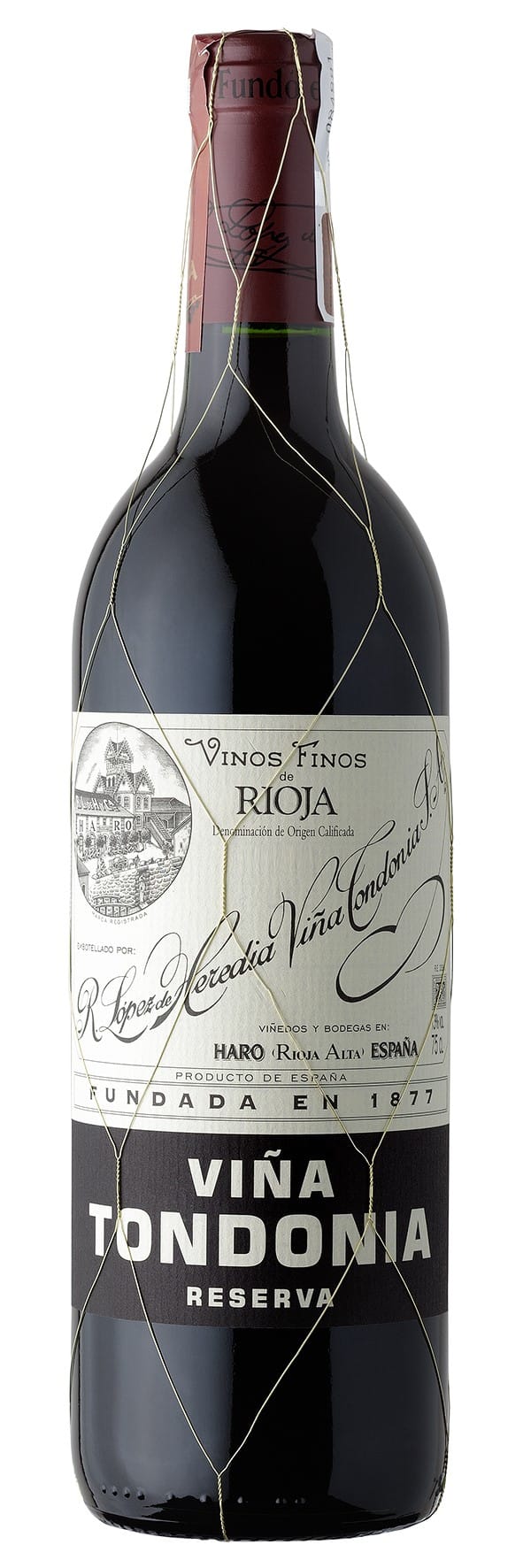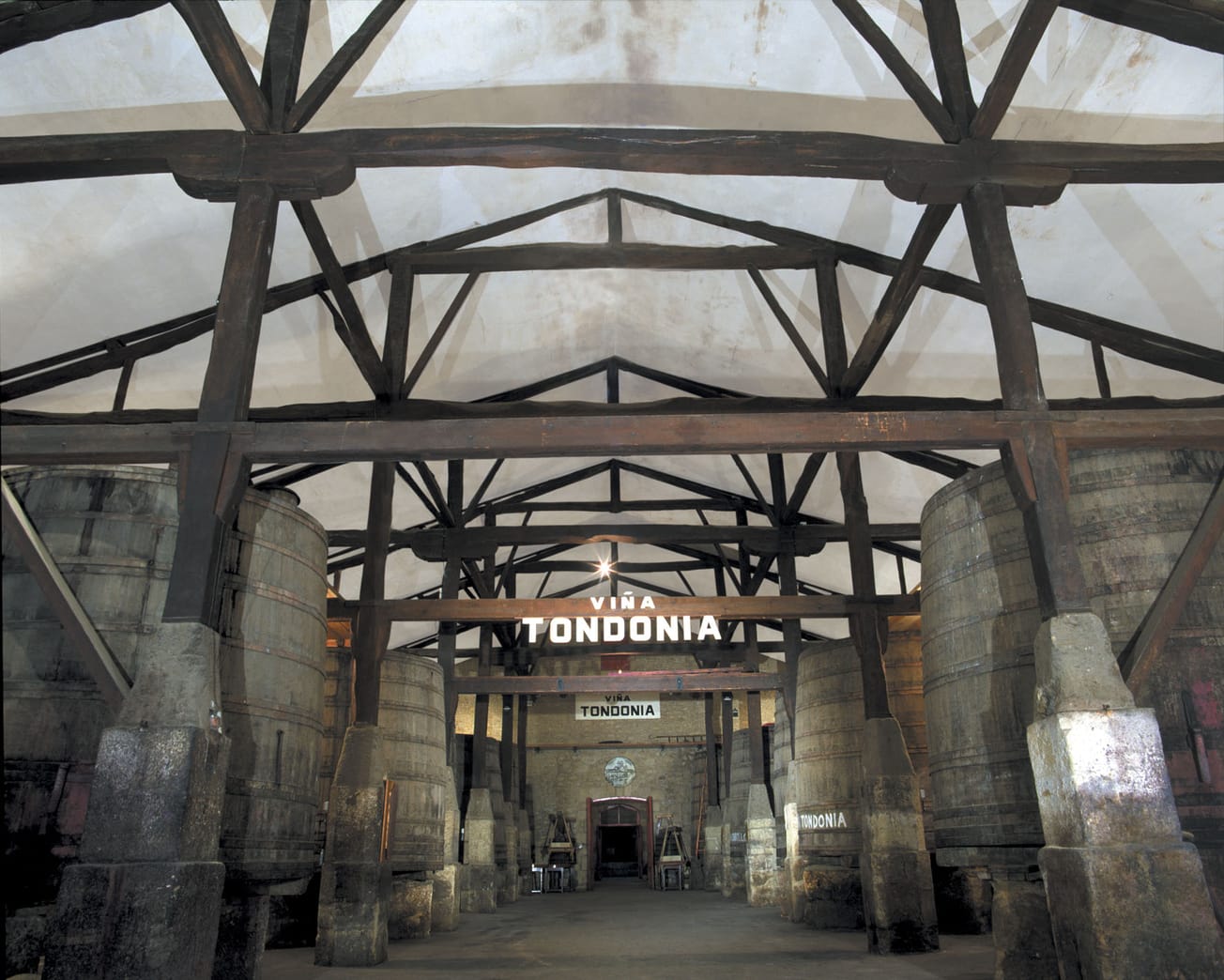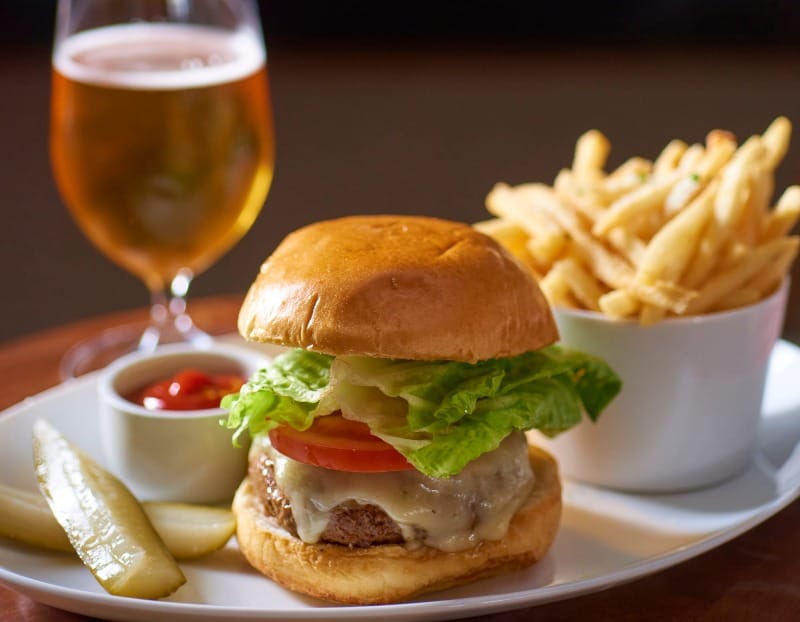When it comes to the price-quality ratio, not to mention, a wine with a bit of age – no one does it better than Spain! At Passion Vines, we’re coming off an inspiring 3-week educational exploration of one of the greatest wine regions in the world. I thought I would share one of the many topics that we explored.
Understanding Tempranillo [tem-prah-NEE-yoh]
Historically, there are six “noble grapes” of the wine world: 3 red (Merlot, Cabernet Sauvignon, and Pinot Noir) and 3 white (Chardonnay, Sauvignon Blanc and Riesling). They get this acclaim for their appeal and ubiquitous plantings in all the major wine-producing regions of the world. It’s also common for a country to have its own “noble grape,” and if you’re talking Spain, that would certainly be Tempranillo.
Believed to have received its name from the Spanish word “temprano” (meaning, “early”), this grape is an early-ripening variety that can perform in an enormous range of climates and soils. In fact, due to this versatility, you may find Tempranillo under several monikers across Spain’s outstanding wine-producing regions. No matter where you find it, you will find flavors of strawberries, spices, leather, and fresh tobacco, with the ability to turn savory and earthy with bottle-aging.
In the DO of Ribera del Duero, Tempranillo is known as “Tinta del Pais,” where wines here are often bottled varietally, though some famous producers like Vega Sicilia are blended with the Bordeaux varieties of Cabernet Sauvignon and Merlot. Tempranillo from here is often elegant and well-balanced and rivals Rioja in terms of age-worthiness.
The DO of Toro calls this grape, perhaps not coincidentally, “Tinta de Toro.” For the Cabernet drinker, this one is for you! Here, the wines can be very full-bodied and rich, thanks to the hot, dry climate. In fact, the grapes build sugars so quickly, that the rules for production state that the alcohol level cannot exceed 15%.
Catalunya (or Catalonia) is the DO near Barcelona, where there are several sub-regions experimenting with different Tempranillo-based blends, where the grape here is called “Ull de Llebre.” The most popular blends from this region are done with Monastrell, the super-dense, chewy, concentrated grape variety that gives lots of alcohol and dark fruit flavors.
Lastly, we finish with Rioja – where the name “Tempranillo” is King! Renowned for its detailed and regulated aging classification system, which includes terms like “Crianza,” “Reserva” and “Gran Reserva.” These classifications are not only indicators of the quality and style of the wines but also of the aging process, which involves specific aging in oak barrels and bottles before release.
Confused? Don’t be. All you really need to know is that there is so much to explore with just one grape variety acting as the star of the show! I highly encourage you to try a few examples for yourself and taste the difference!

Fun Fact: Portugal relies on Tempranillo (where it is called “Tinta Roriz”) as an important grape in creating the great fortified Port wines. Here, it acts as a counterbalance for the other local grapes in the blend and adds structure for the long haul, especially in Vintage Port.
2011 R. Lopez De Heredia Vina Tondonia Reserva Rioja: This family-owned winery makes highly individual wines in a style essentially unchanged since its inception in 1877. They grow all their grapes using organic methods, ferment using only natural yeasts and do not filter their wines. Goes well with all meat dishes however prepared. A perfect partner to a Leg of New Season Welsh Lamb stuffed with wild garlic, rosemary, and anchovies.









